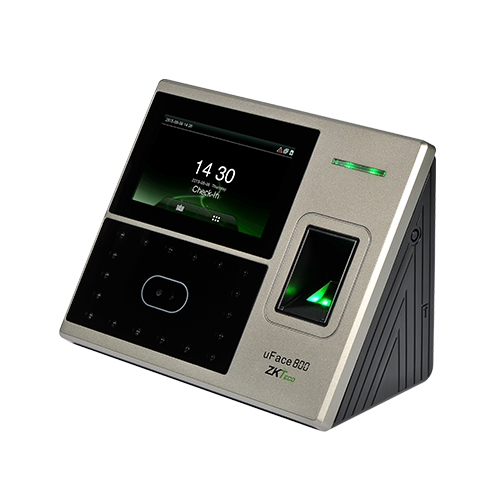Types of access control
There are three basic types of access control on the market:
– An access control system where the user has a password or PIN that must be entered to access.
– An object that the user has and that allows him to enter, such as a smart card or a key ring.
– Something that the user is, like the fingerprint or the one verified by biometric measurement.
Once this first classification has been made, we will talk about each type one by one.
Biometric access control
Biometric access control is one of the safest systems that allows you to identify the user more quickly and easily. There are different “types”, but today fingerprint readers and facial recognition stand out.
Facial recognition to control access is now a reality. Today, we can see it integrated into some smartphones that are coming on the market and that allow you to unlock your mobile phone without having to type a password or touch the touch screen, simply by scanning your face.
Access control with password
The password is a common means of verifying the identity of a person and giving him access to information or allowing him to enter the place.
But these systems have become somewhat obsolete because they are no longer secure, since anyone who knew the password could enter. That is why other options are chosen, such as fingerprint recognition, as we have talked about before, or the use of objects. (Access control by proximity).
Access control by proximity. (keys, cards)
Proximity access control allows entry or access thanks to a key ring or identification card. These objects have a chip that usually works thanks to wireless technologies such as RFID or NFC (Near Field Communication or near field communication).
When we bring this chip closer to the system, it recognizes it and sends the order to open and allow the passage.
This system is widely used in airport or train station ticket offices.













